The competition in the pistachios exporting market is very tight.
Iran and the US are one of the biggest exporters in the world and the rivalry between them is no joke.
The market value of the multi-billion dollar worldwide pistachio industry is rising in tandem with the rise in demand of this agricultural good.
With a monopoly on the global pistachio trade, Iran and the United States have accounted for 70–80% of global production during the past ten years.
As the two largest manufacturers of this product worldwide, Iran and the United States, we cover the market, trade, production, and export of pistachios in this research.
The pistachio is a tiny tree that grows in Iran, Syria, Turkmenistan, and western Afghanistan.
It is indigenous to Central Asia and the Middle East.
An edible and delicious fruit is produced by this tree.
Latin allowed the Persian term for pistachio to make its way into European languages.
The "Akbari" pistachio, known as the "super long pistachio" in the international market due to its long, elongated, and enormous kernel, is the most significant variety of pistachio.
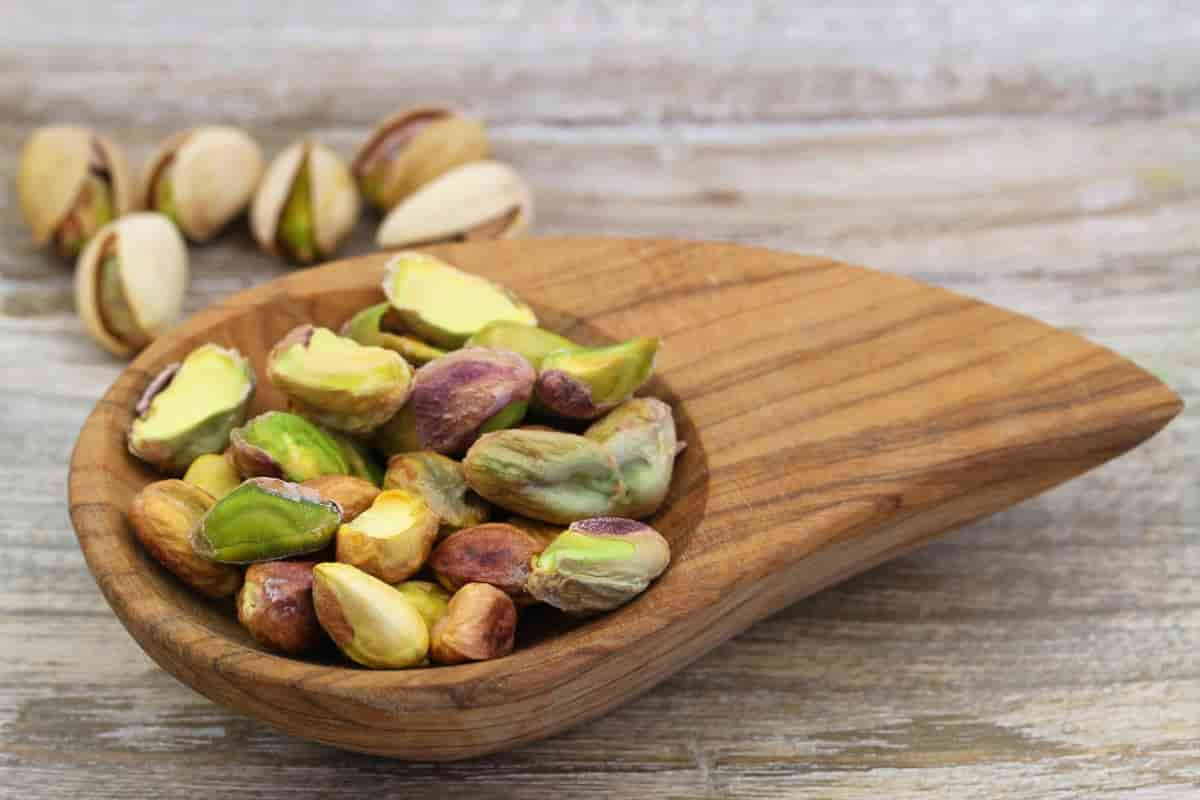
Iran produces this kind of pistachio, which is primarily harvested in Rafsanjan and Anar.
The Akbari pistachio was named in honor of the late Haj Akbar Besanjide, also known as Akbar Tajabadi, who founded this variety of pistachio.
The aforementioned person passed away in Rafsanjan, Iran, in 1380 at the age of 96, and was buried at Taj Abad, the hamlet he had grown up in.
When they refer to "economic cultivation," they suggest that their planting is reasonably priced.
The optimal location for pistachio cultivation is a reasonably cold area in winter (about 1,200 hours of temperature below 6 degrees), and from March, which is the time of greening, the temperature does not drop below zero degrees.
In summer, the temperature is above 25 and below 40 degrees.
There is about 40% relative humidity.
In several locations of Iran, including Rafsanjan and Damghan, the birthplaces of pistachios, pistachio production will no longer be economical due to a dramatic rise in air temperature, a sharp fall in subsurface water levels, and the air's 10% relative humidity.
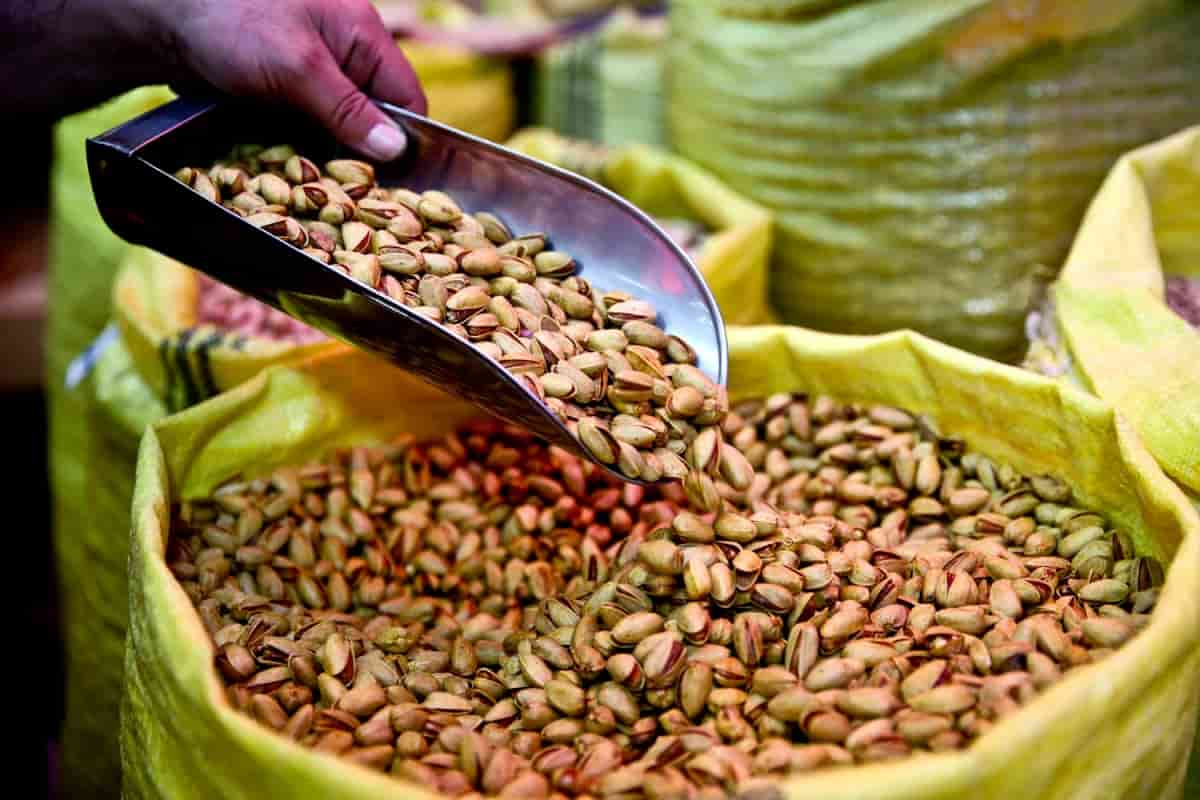
On the other hand, there are other cities that today have climates similar to those of Rafsanjan 40 years ago, which make them excellent for growing pistachios.
The cities near Lake Urmia, including Bonab city, and other cities in North Khorasan, which meet the criteria listed above, are some Iranian cities that we can highlight in this context.
The land needs to be somewhat fertile and not too saline.
It shouldn't be overly salty in the water.
The potential for watering hybrid or conventional seedlings for around seven days.
The important thing to note is that pistachio nuts can be grown anywhere in Iran, and by anywhere, we mean anywhere where it is feasible and profitable to plant them.
This is because, as a result of Iran's recent extreme weather changes, many locations that were previously suitable for pistachio cultivation are now both suitable and profitable.
Assuming pistachio farming should take the place of alfalfa farming in the area of Lake Urmia.
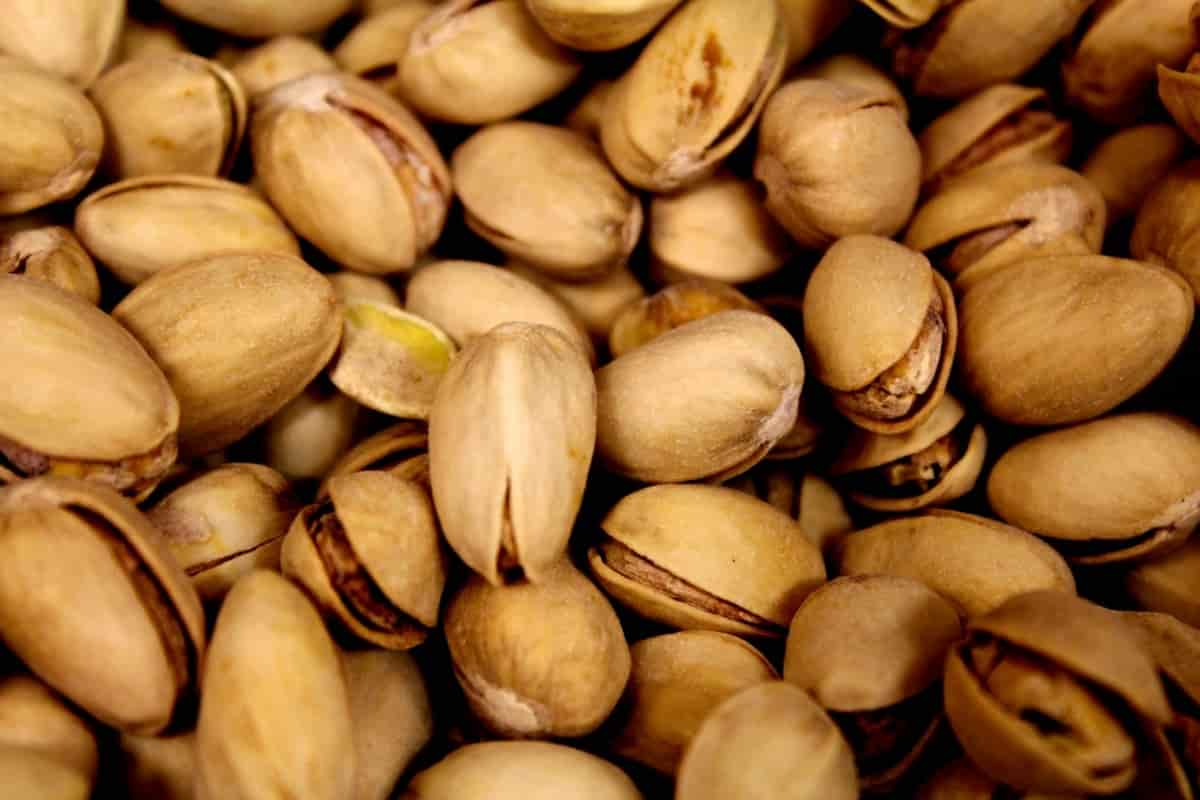
Iran in Exporting Pistachios
The two main nations in the world for exporting pistachios and production are Iran and the United States.
These two nations may so access roughly 70–80 percent of the annual pistachio crop.
An American botanist named William E.
Whitehouse discovered that by gathering seeds and mass-freezing them, it was possible to uncover distinctive pistachios in just six months in the fields of Iranian pistachio plantations.
He brought a 20-pound (9-kilogram) bag of seeds back to the United States.
California produces more than 90% of the pistachios consumed in the US, and Rafsanjan in Iran is the country with the highest production levels.
In Iran, pistachio production has a 4,000-year history.
However, the planting of Iranian pistachio seeds in the 1930s marked the start of pistachio agriculture in the United States.
Future American businesses that are already engaged in this industry will pose a significant threat to Iranian pistachio businesses.
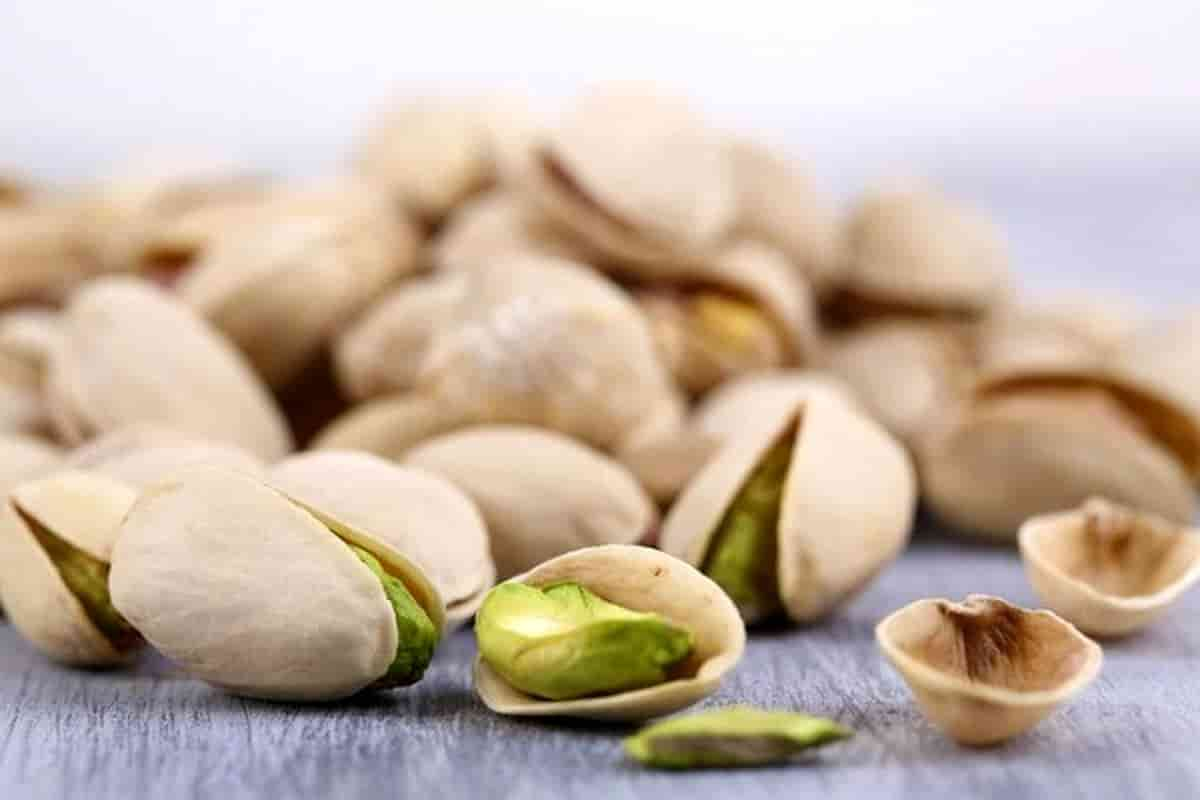
Iran produces roughly 200,000 tons of pistachios annually, only 10% of which is consumed domestically, while the remaining 90% is exported.
Each Iranian family consumes roughly 2 kilogram of pistachios annually.
Iran earns between 1.4 and 1.7 billion dollars annually from the production and export of pistachios.
The majority of Iran's pistachio production is concentrated in the cities of Rafsanjan, Zarand, Sirjan, Anar, and Kashkoviyeh, which together account for 80% of the country's total production.
A sizeable portion of Iran's pistachio production is also produced in the North Khorasan cities of Khalilabad, Kashmar, and Bardeskan, as well as in South Khorasan's Semnan and Buin Zahra city in the province of Qazvin.
Iranian and American pistachios share the same genetic makeup, but Iranian pistachios taste better.
Numerous significant European distributors concur with this statement.
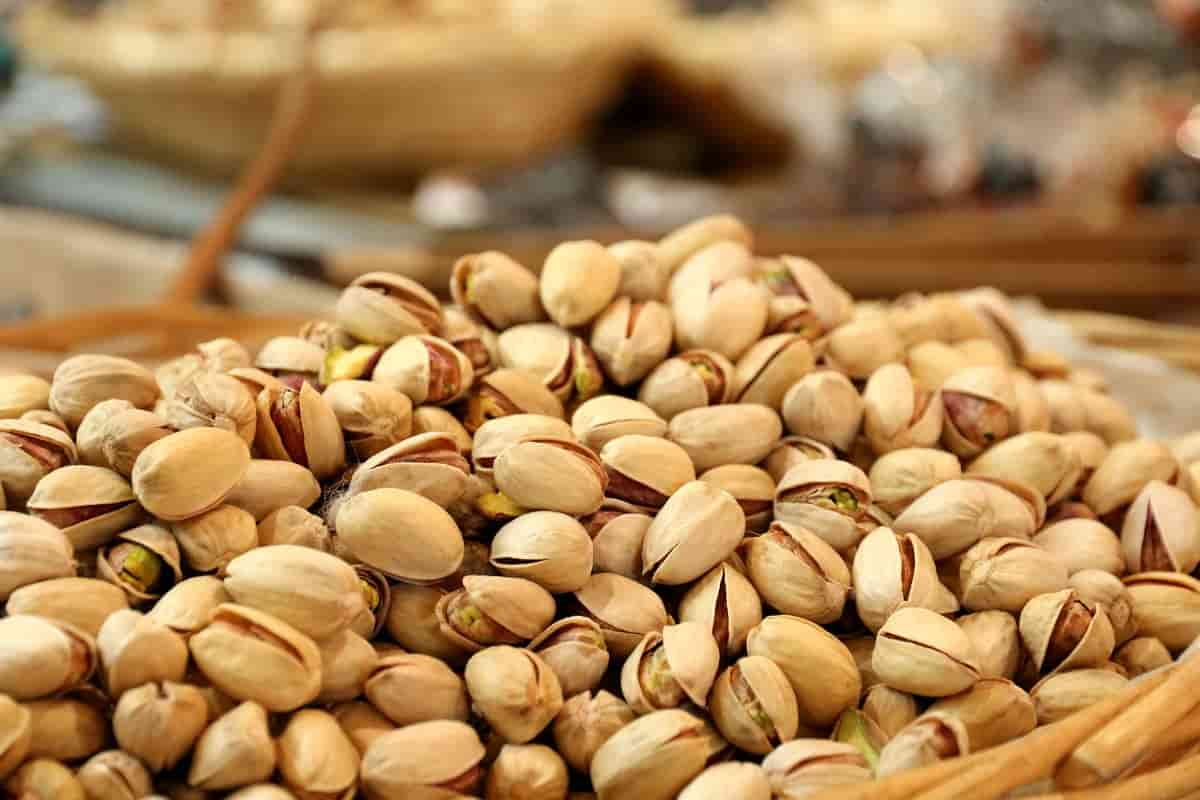
The seeds and seedlings of the first pistachio trees planted in America were Turkish pistachios, not Iranian pistachios, whose flavor has been altered by differences in soil and temperature.
When Iran exported more than 191,000 tons of pistachios in 2014, it overtook other countries as the greatest exporter of this product worldwide.
The United States of America was also recognized as the second exporter of pistachios in the world by exporting about 138,000 tons of pistachios.
Turkey was the third exporter of pistachios in the world.
In 2014, Turkey was able to export about 3 thousand tons of pistachios and ranked third in the world in terms of pistachio exports.
But one of Iran's advantages in exporting pistachios is its geographical location.
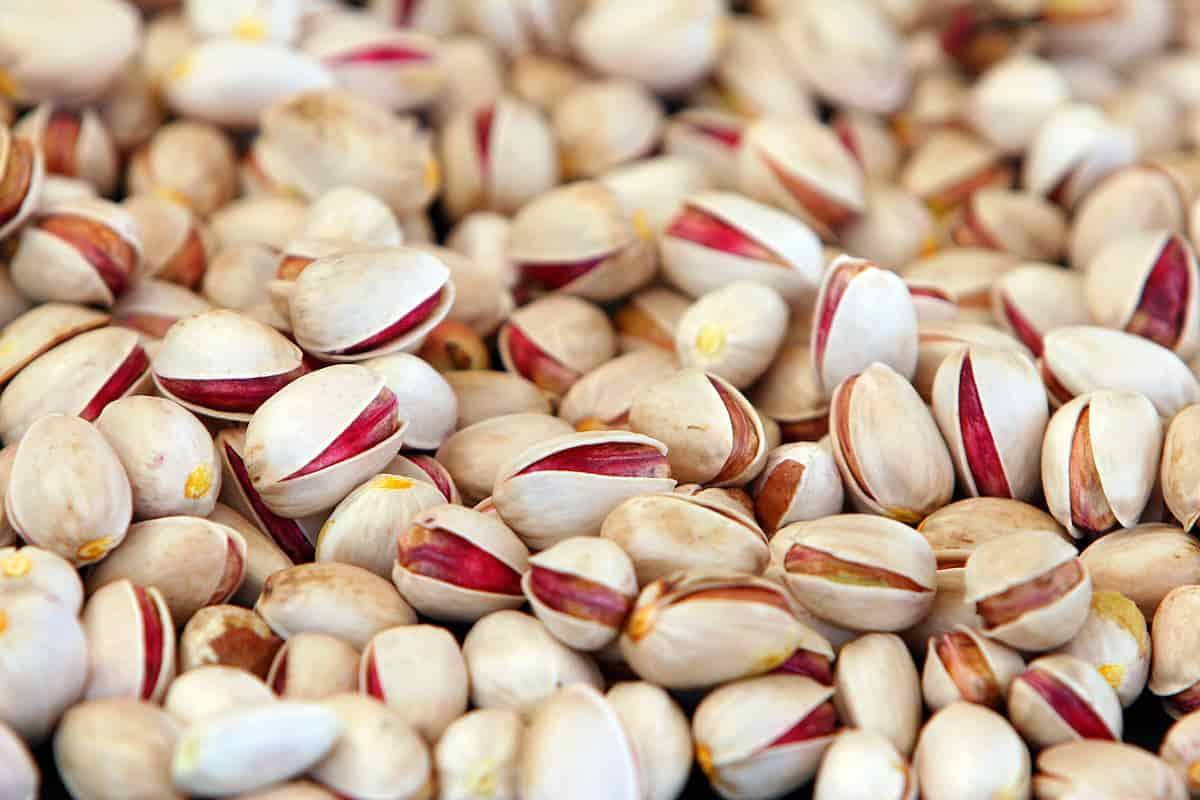
US in Exporting Pistachios
As we know the US is one of the biggest exporting countries in pistachios business.
39,000 tons of US exporting pistachios were sold in total from March 10 to April 11, 1998, an increase from the previous year.
The amount reported for domestic sales in the US this month was 11,000 tons, which is approximately 1,000 tons (equivalent to 8.6%) more than last year.
The amount reported for exports was reported at 28,00 tons, which indicates an increase of approximately 10,000 tons (equivalent to 58%) from last year.
Up until the conclusion of the seventh commercial month this year, the total cumulative sales of American product were reported to be 247,000 tons, an increase of 18% (or 37,000 tons) over the same period last year.
According to reports, total sales in the Americas have reached 73,000 tons, which represents an increase of 6% (or 4,000 tons) from the previous year.
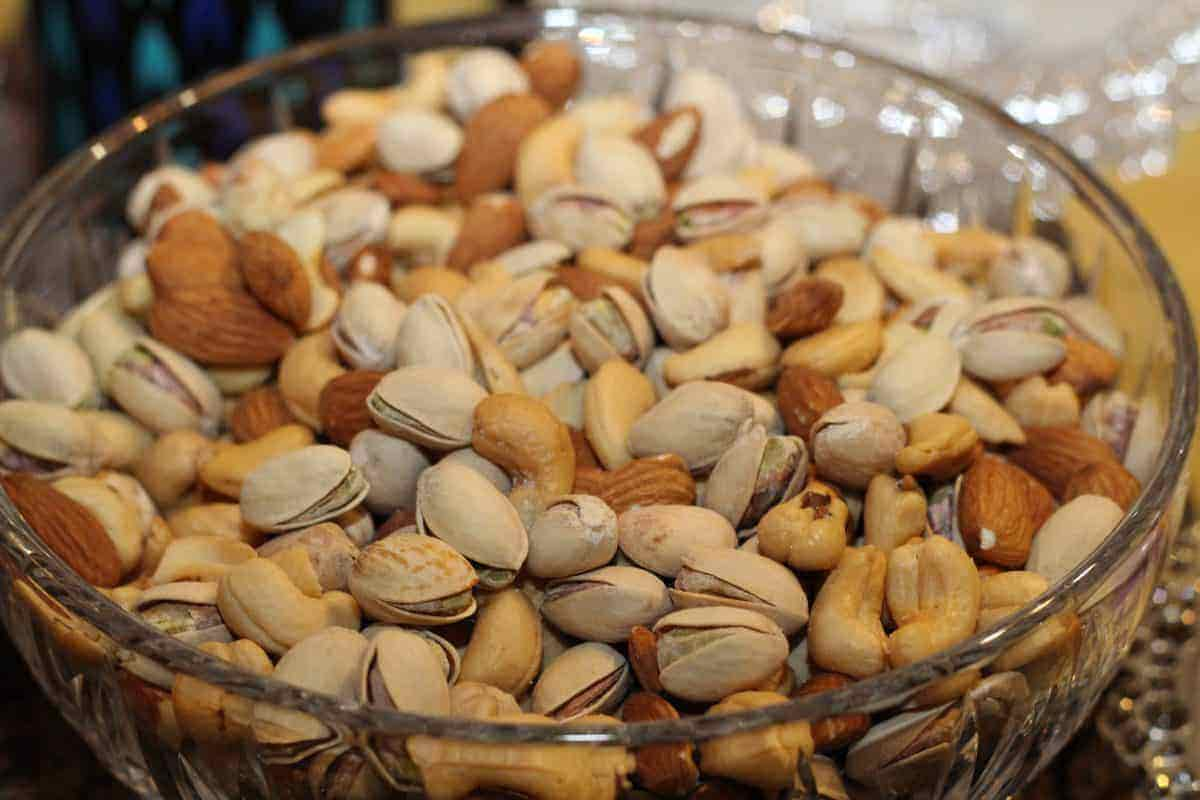
Pistachio exports were almost 174 thousand tons at the end of March, a 24 percent increase (or 33 thousand tons) over the same period the previous year.
From the beginning of September till the present, American pistachio sales have consistently broken records (except December).
Sales in March were significantly greater this year than they were in the same month last year, and the reason for this gain was a 58% increase in exports .
Recall that the main driver of the significant rise in US pistachio exports to destination countries, which reached a high of 71% of sales, was the dramatic decline in Iranian production.
The primary international markets for American pistachio exports are thought to be Europe and Asia (China).
Although it goes without saying that this significant increase in sales to destination markets is based on prices negotiated at the beginning of the season (i.e.$8.14 to $8.36 per kilo), March sales to European customers increased by 80% and to Chinese customers by 94% compared to the previous month.
This large number of sales also indicates that, despite the price's continuous rise (from $9.68 to $9.90 to its current level of $10.12 per kilo), the sellers have complied with their initial commitments made when they signed the contract.
industry difficulties Iran's pistachio output peaked in the middle of the 1980s at over 250,000 tons, but it declined to 150,000 tons in the early 1990s.
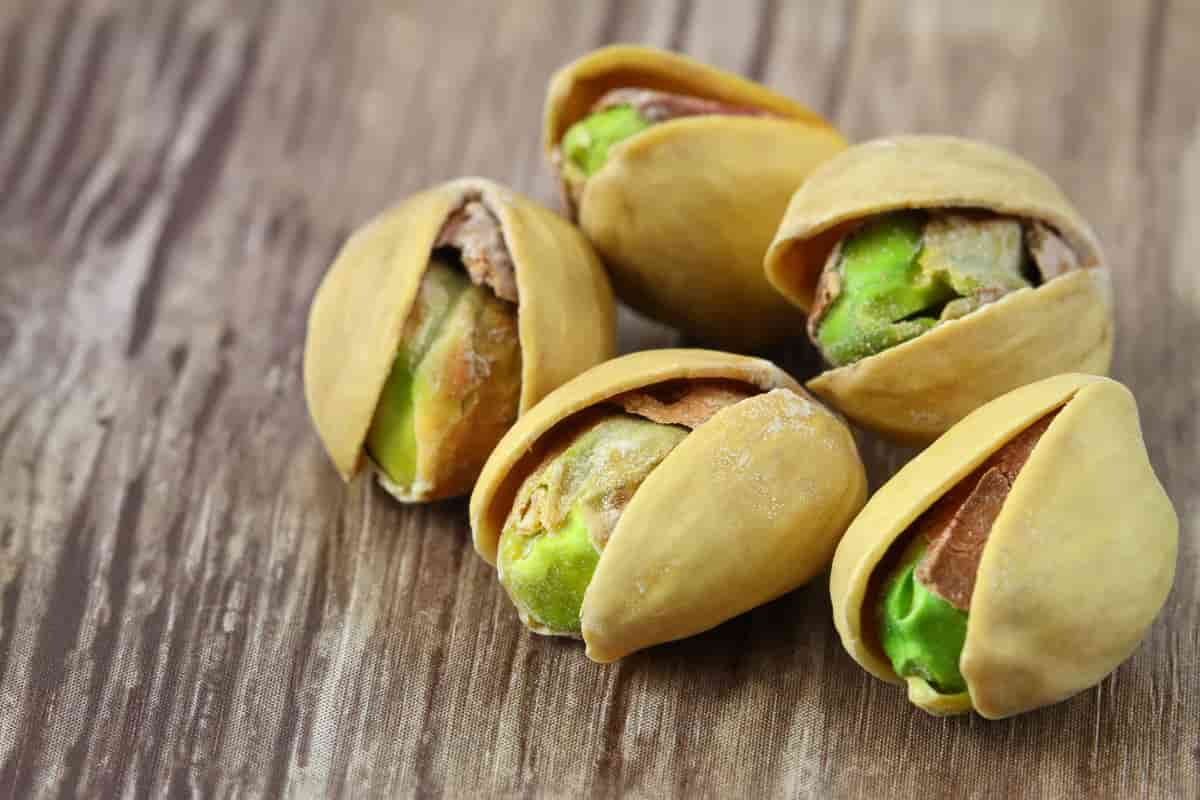
Pistachio exports from Iran have decreased in recent years due to numerous droughts (the biggest issue in pistachio production), a lack of planning to supply the water needed by pistachio crops, and onerous export laws and regulations.
Mechanized pistachio production in America has increased output to 3 tons per hectare, which is three times Iran's per-hectare output.
In this case, Iran's pistachio exports to European nations decreased from 90 000 to 10,000 tons annually in 2014.
The excessive use of poisons in pistachio orchards, which puts Iranian pistachios' small market share in danger, is another issue for exporters.
Due to the rigorous regulations of the European Union, if this market disappears, US pistachios will quickly displace Iranian pistachios in Europe.
Our company have done much research to give you this information, also we are one of the top importers and exporters of the pistachios business.
We are proud to be a part of this huge worldwide business.
